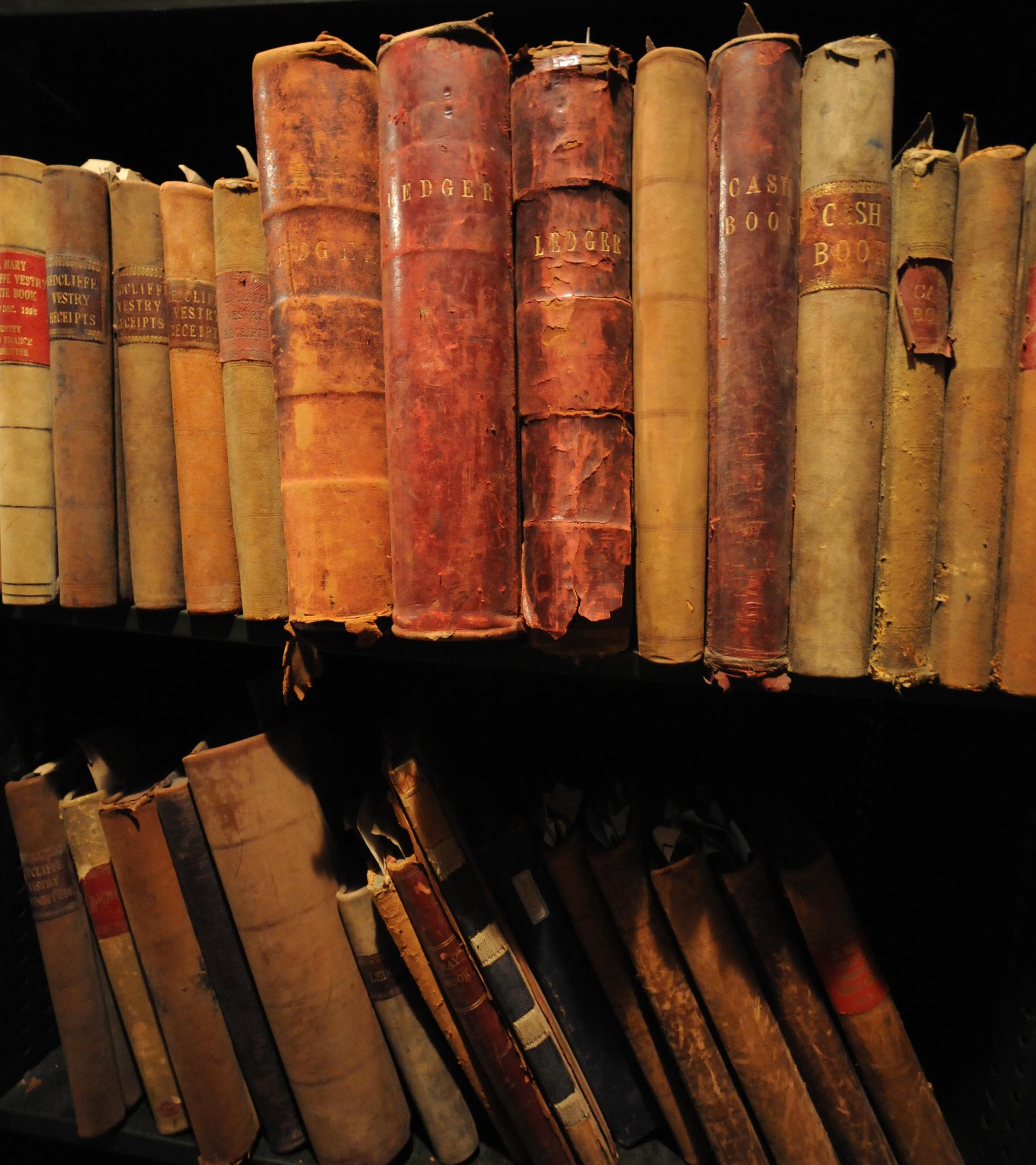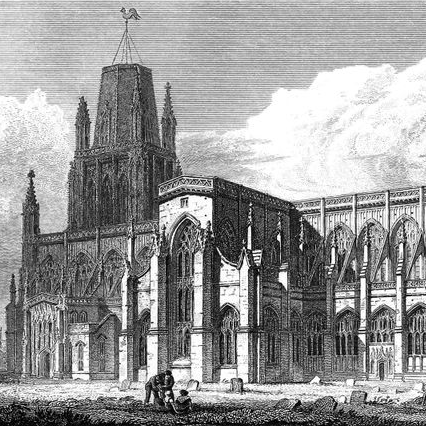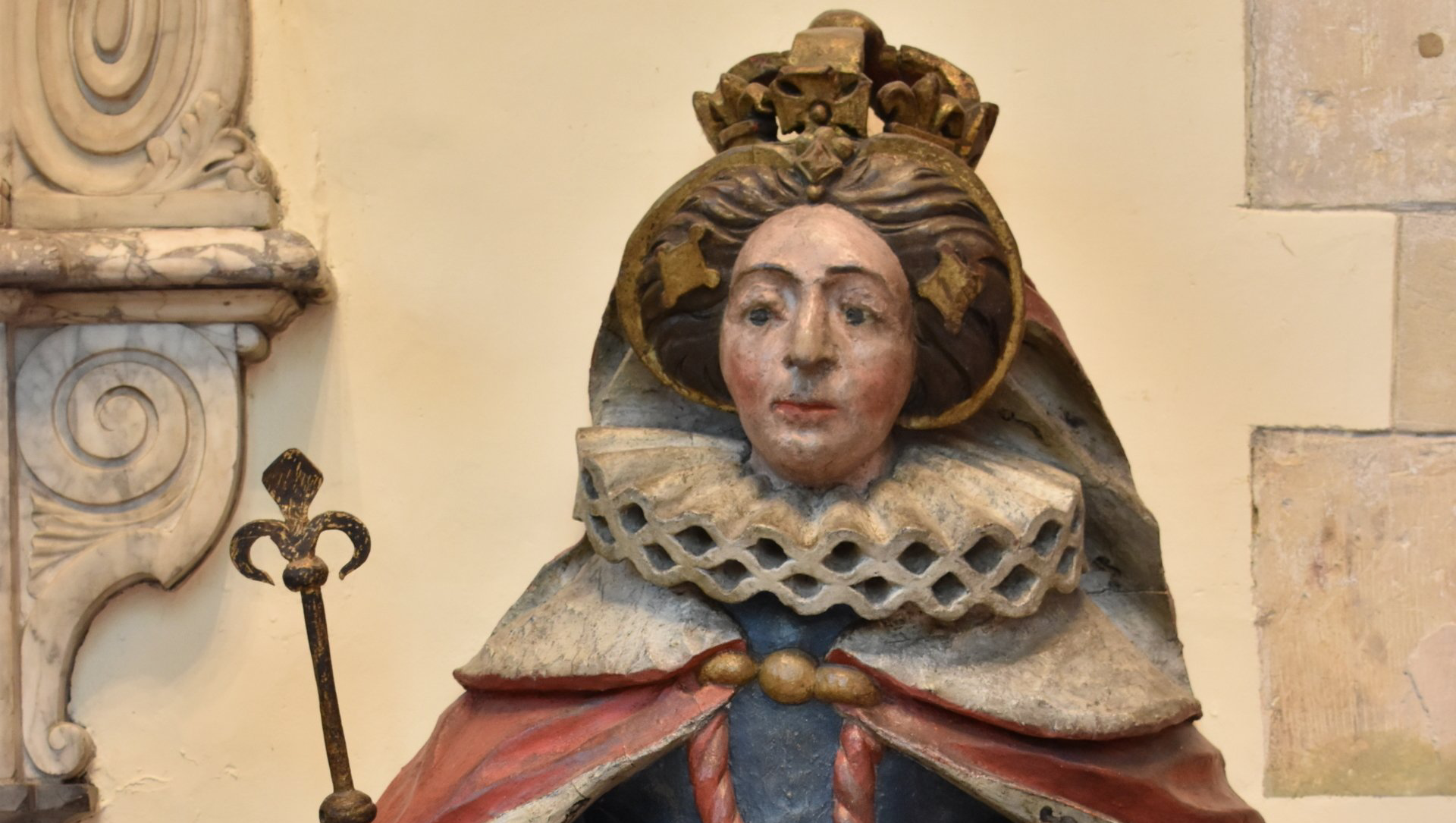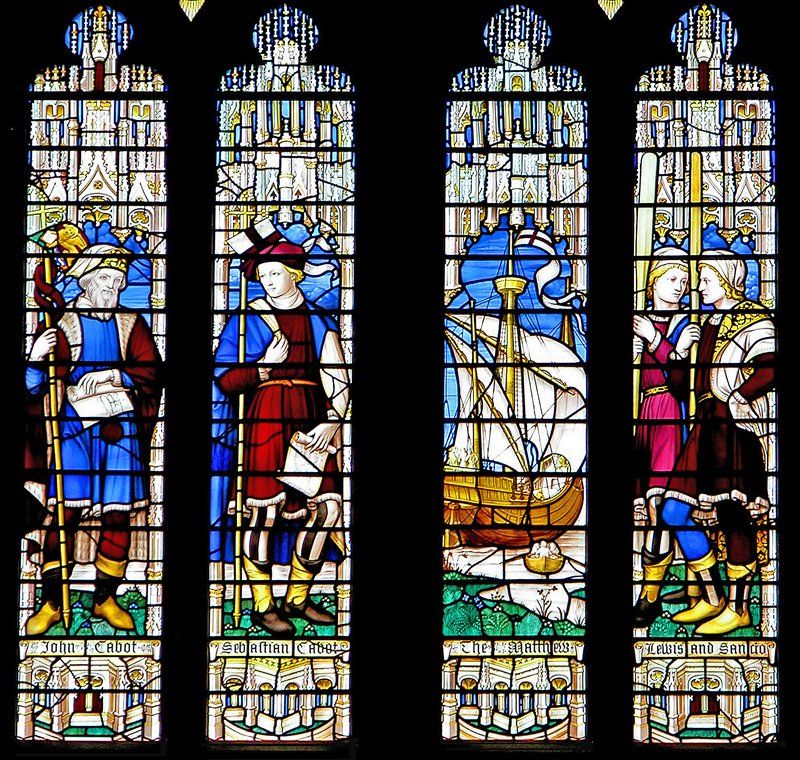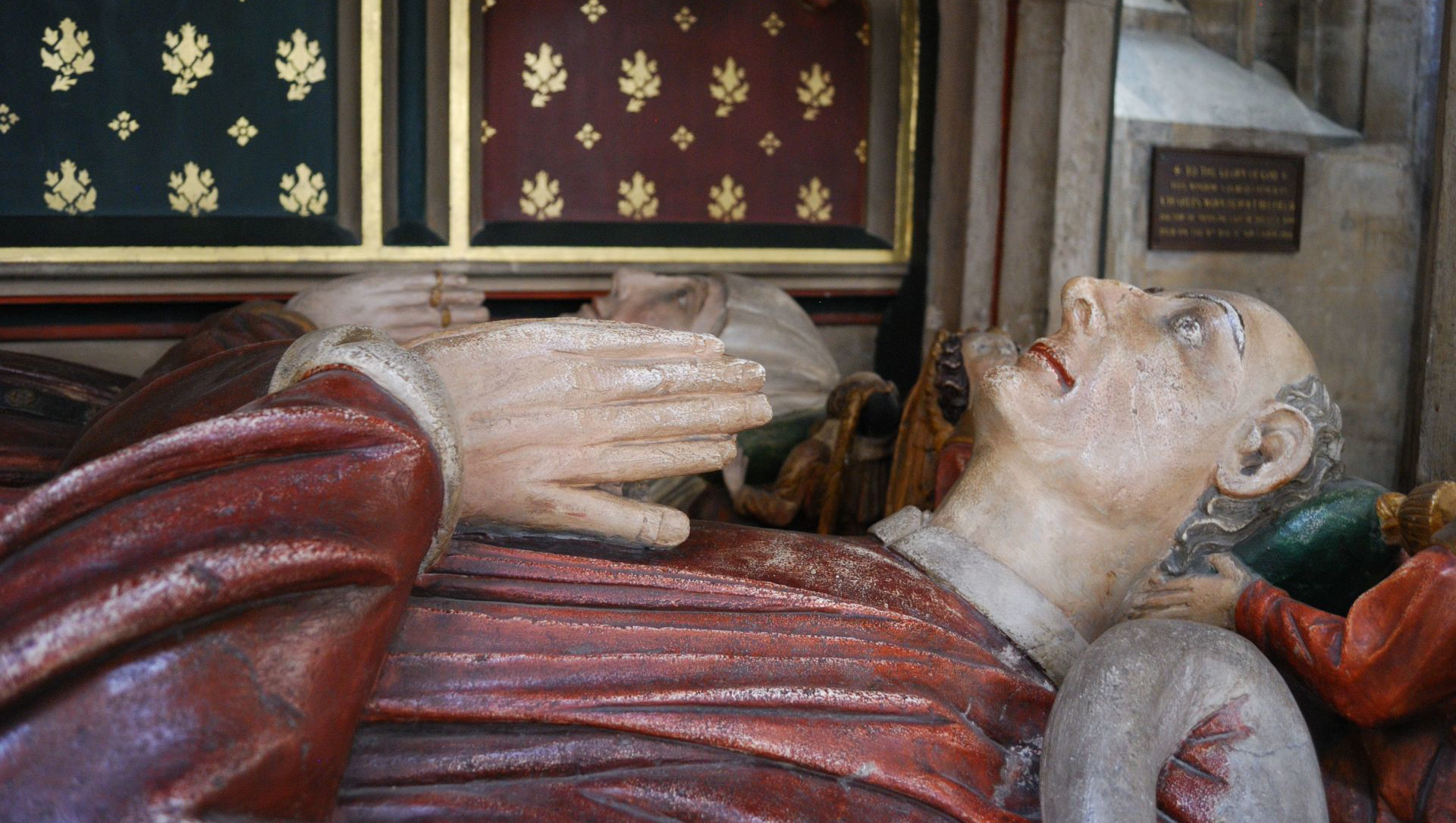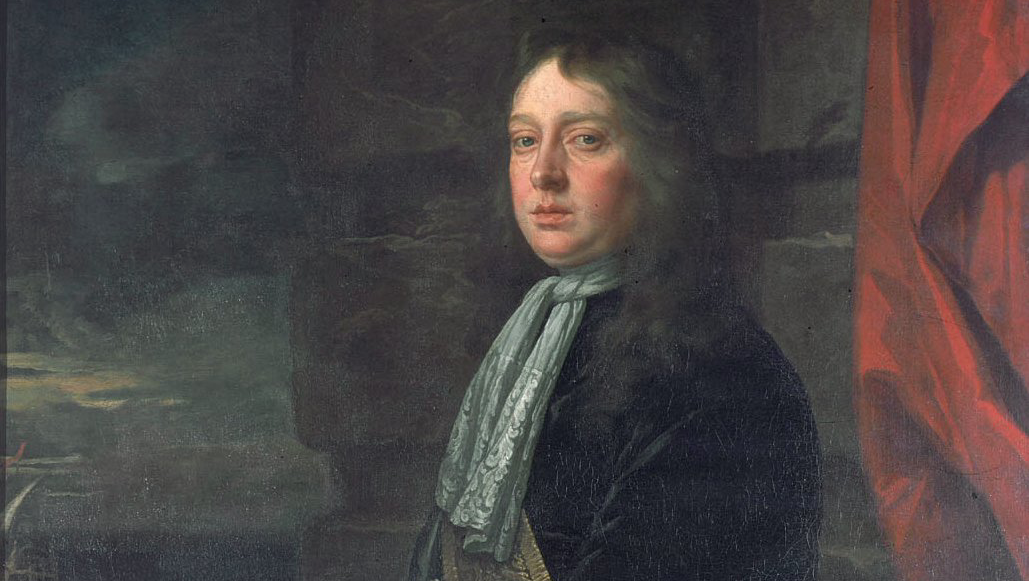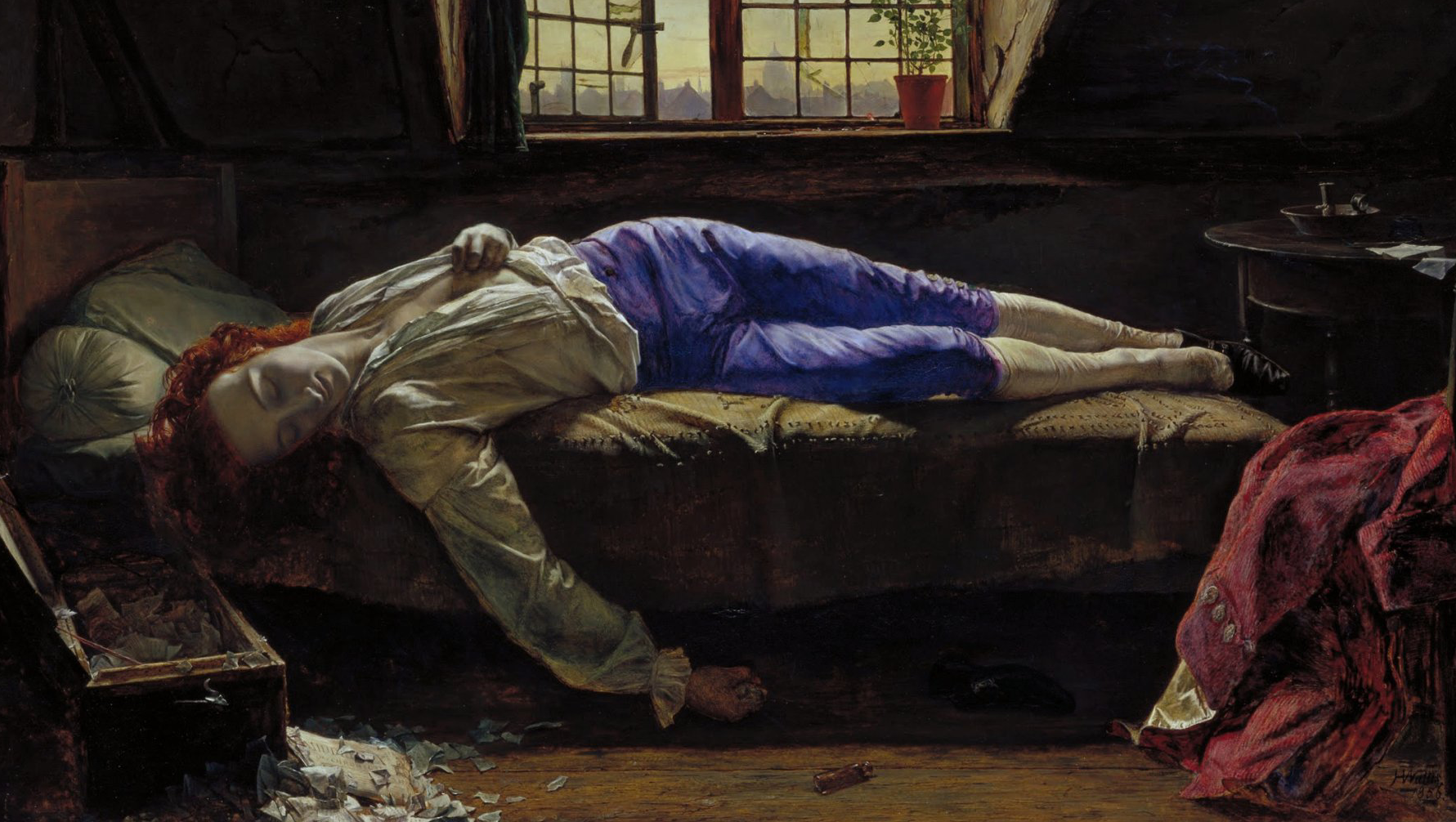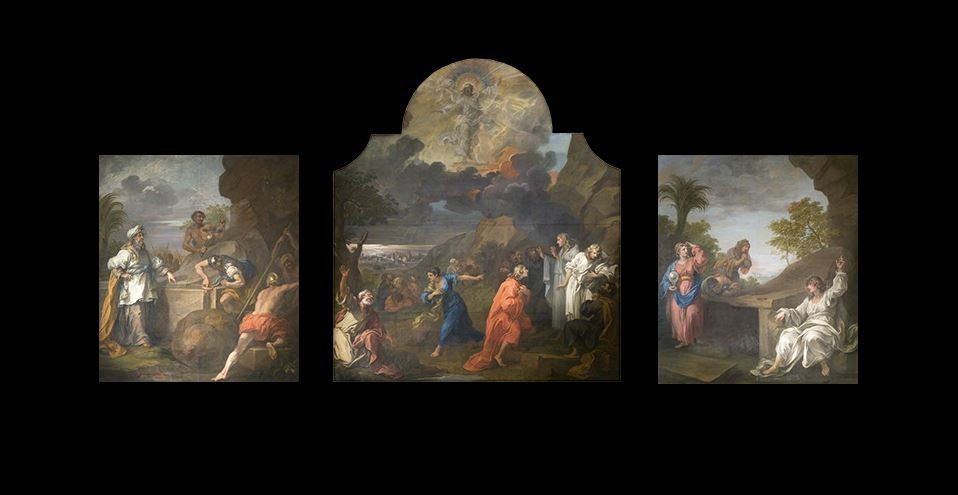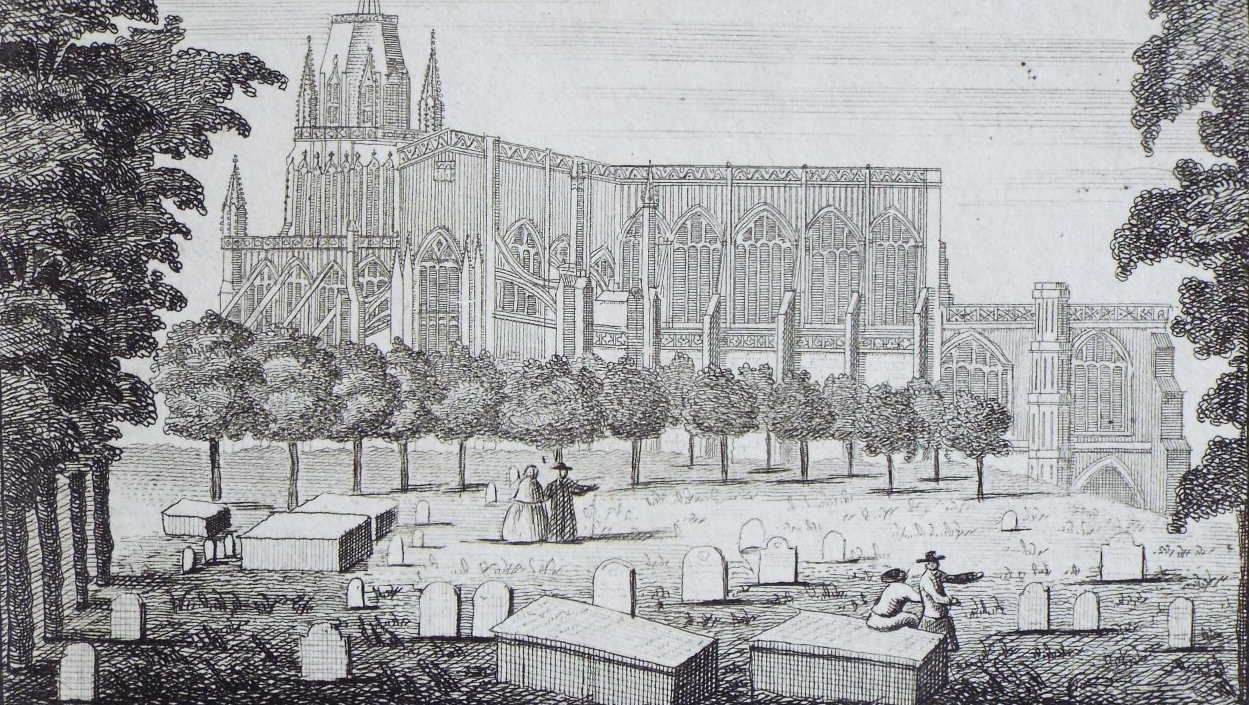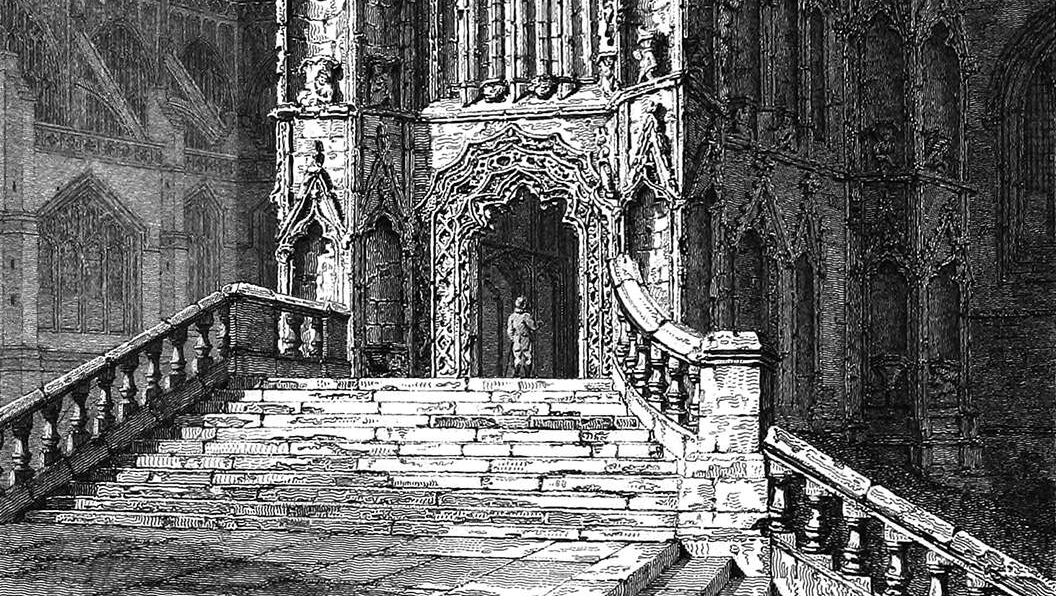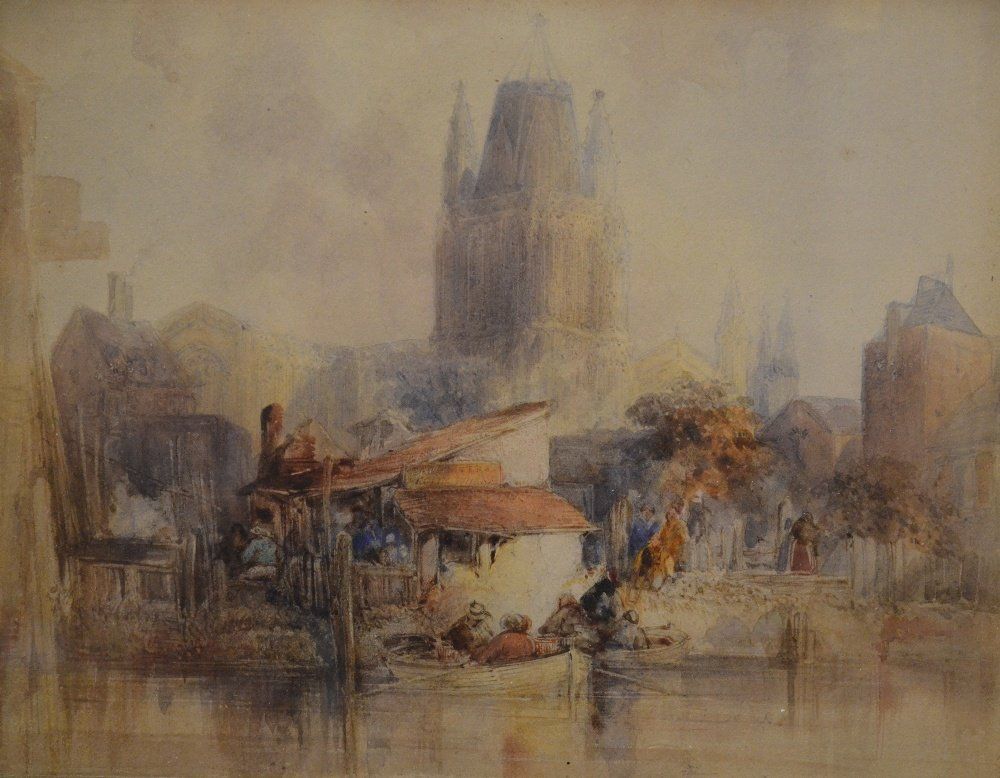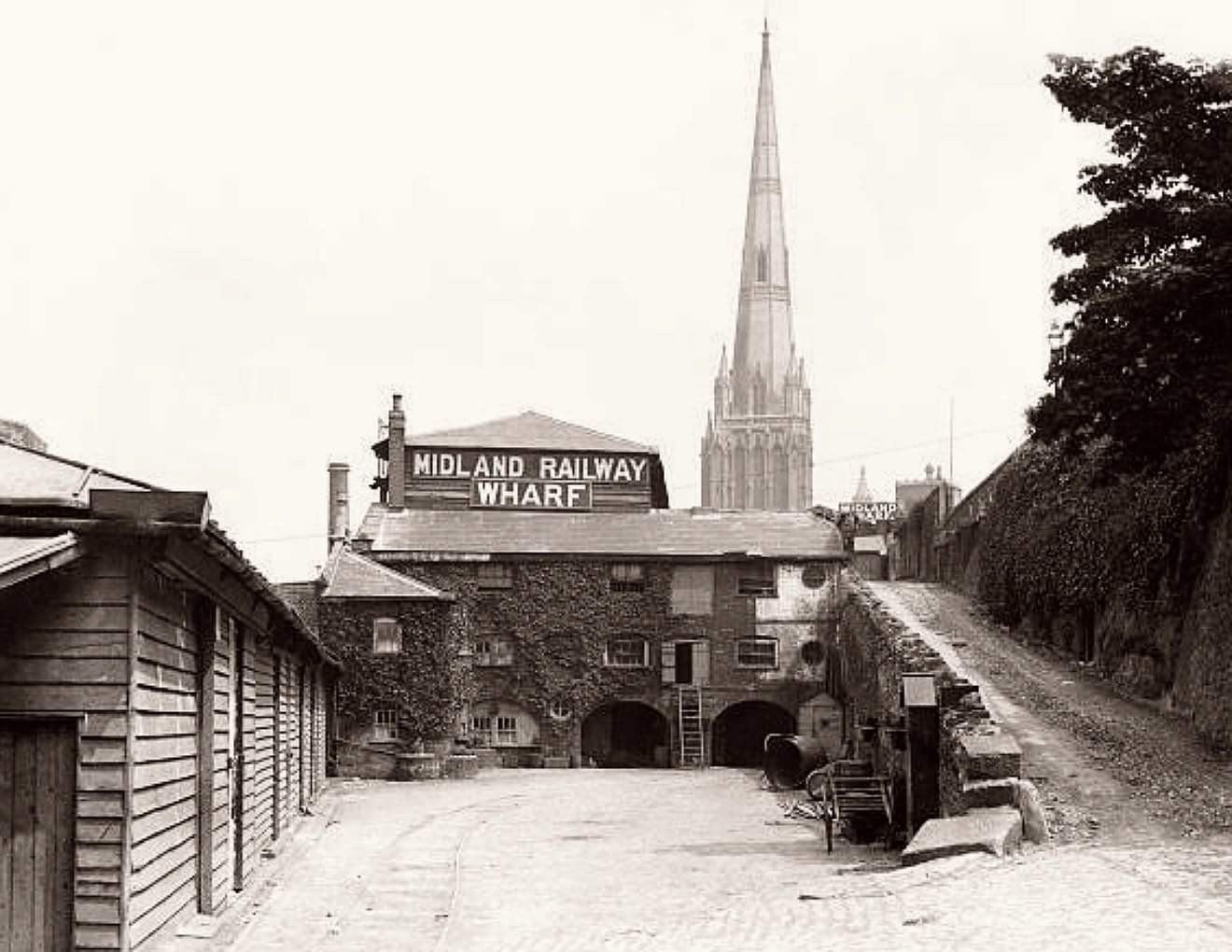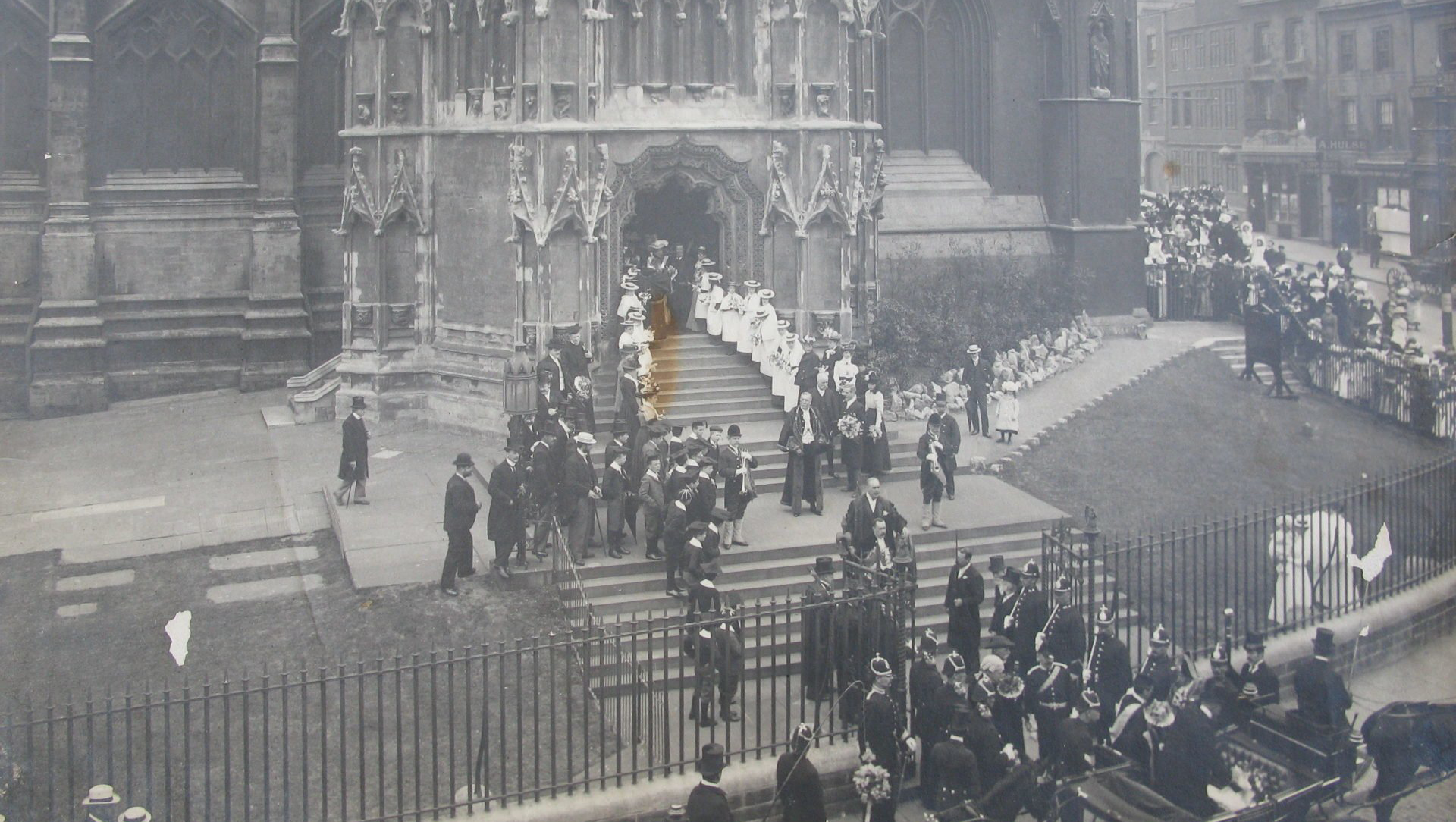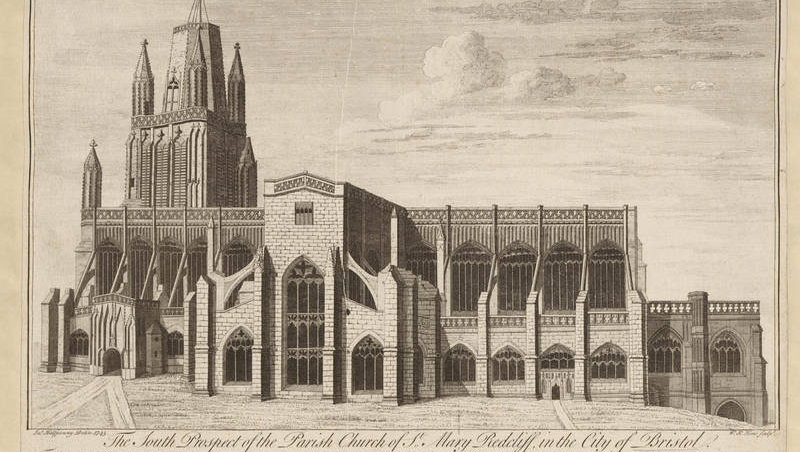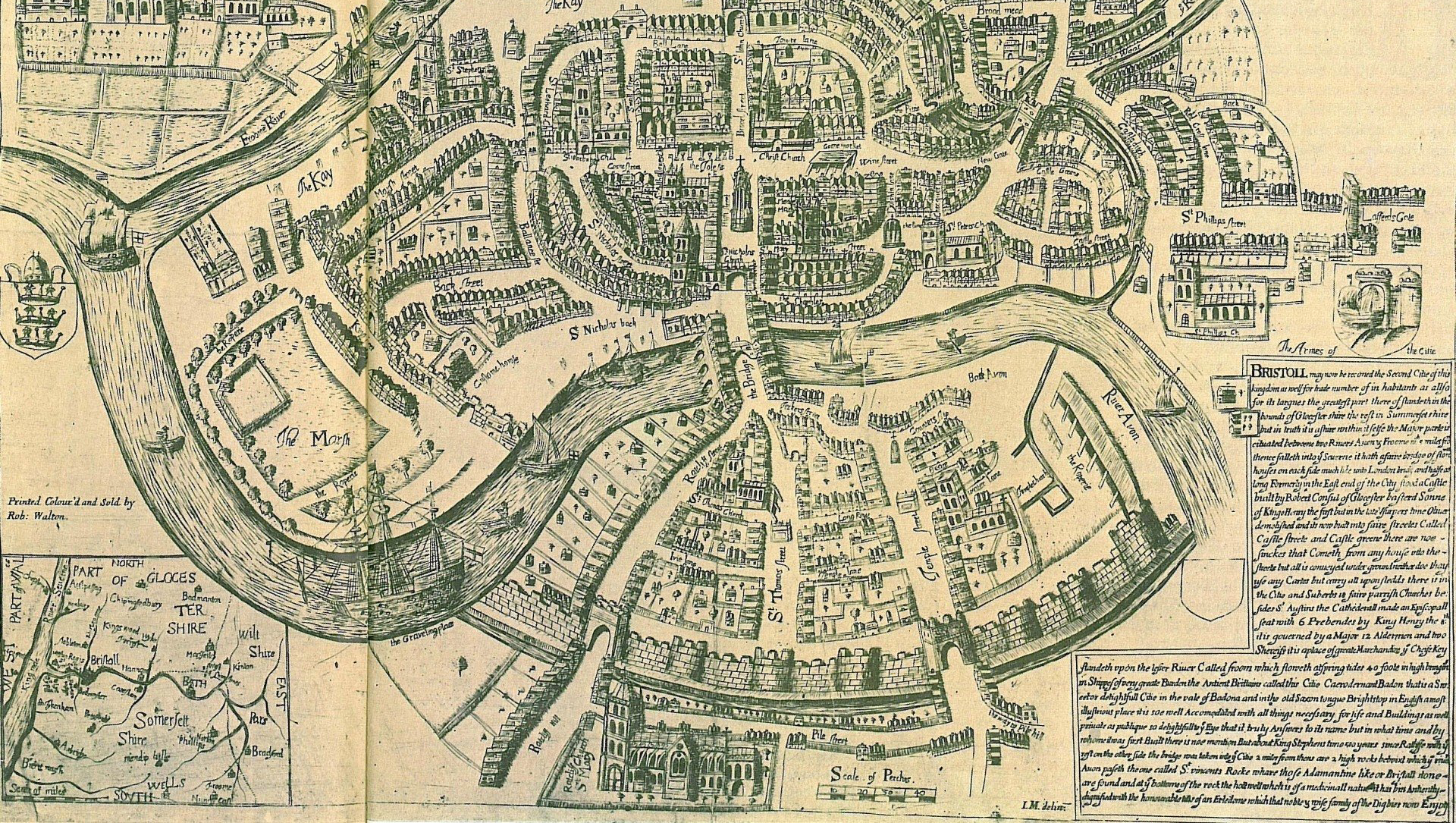Over 800 years of history
A masterpiece of gothic architecture
The fairest, goodliest and most famous parish church
in England
- Elizabeth I
The Christian community has worshipped continuously on the site occupied by St Mary Redcliffe Church for well over 800 years. The first church may have built here in Saxon times, when Bristol first became a port – the original quayside was just across the road, below the red sandstone cliff from which this area gets its name, located on what is now Redcliffe Quay.
The present church is a treasure of international importance, a Grade I listed building that is a masterpiece of Gothic architecture. All the features of St Mary Redcliffe speak clearly of the beauty and the infinite variety in God’s world.
St Mary Redcliffe sits at the centre of Redcliffe, on a spur of red cliff that gives the church its name. Redcliffe, once separate from Bristol and part of the manor of Bedminster, like the wider city is an area with strong links to the sea, maritime trade and industries such as glass-making and pottery. The history of the church is peopled with characters associated with the early modern expansion of Bristol, such as John Cabot and William Canynges, but also later political and cultural figures such as Admiral William Penn, William Hogarth and Thomas Chatterton, Wordsworth's "marvellous boy", whose formative years were spent contemplating the gothic splendour of the church.
Use this page to find out more about our church and some of the famous people who have contributed to its rich history.New Paragraph
Famous names
Parts of the church
Old pictures
Over 800 years of history
A masterpiece of gothic architecture
The fairest, goodliest and most famous parish church in England
- Elizabeth I
The Christian community has worshipped continuously on the site occupied by St Mary Redcliffe Church for well over 800 years. The first church may have built here in Saxon times, when Bristol first became a port – the original quayside was just across the road, below the red sandstone cliff from which this area gets its name, located on what is now Redcliffe Quay.
The present church is a treasure of international importance, a Grade I listed building that is a masterpiece of Gothic architecture. All the features of St Mary Redcliffe speak clearly of the beauty and the infinite variety in God’s world.
St Mary Redcliffe sits at the centre of Redcliffe, on a spur of red cliff that gives the church its name. Redcliffe, once separate from Bristol and part of the manor of Bedminster, like the wider city is an area with strong links to the sea, maritime trade and industries such as glass-making and pottery. The history of the church is peopled with characters associated with the early modern expansion of Bristol, such as John Cabot and William Canynges, but also later political and cultural figures such as Admiral William Penn, William Hogarth and Thomas Chatterton, Wordsworth's "marvellous boy", whose formative years were spent contemplating the gothic splendour of the church.
Use this page to find out more about our church and some of the famous people who have contributed to its rich history.
Edith. E. Williams, The Chantries of William Canynges in St. Mary Redcliffe, Bristol (William George's Sons Ltd, Bristol, 1950)
Famous names
Parts of the church
Old pictures
